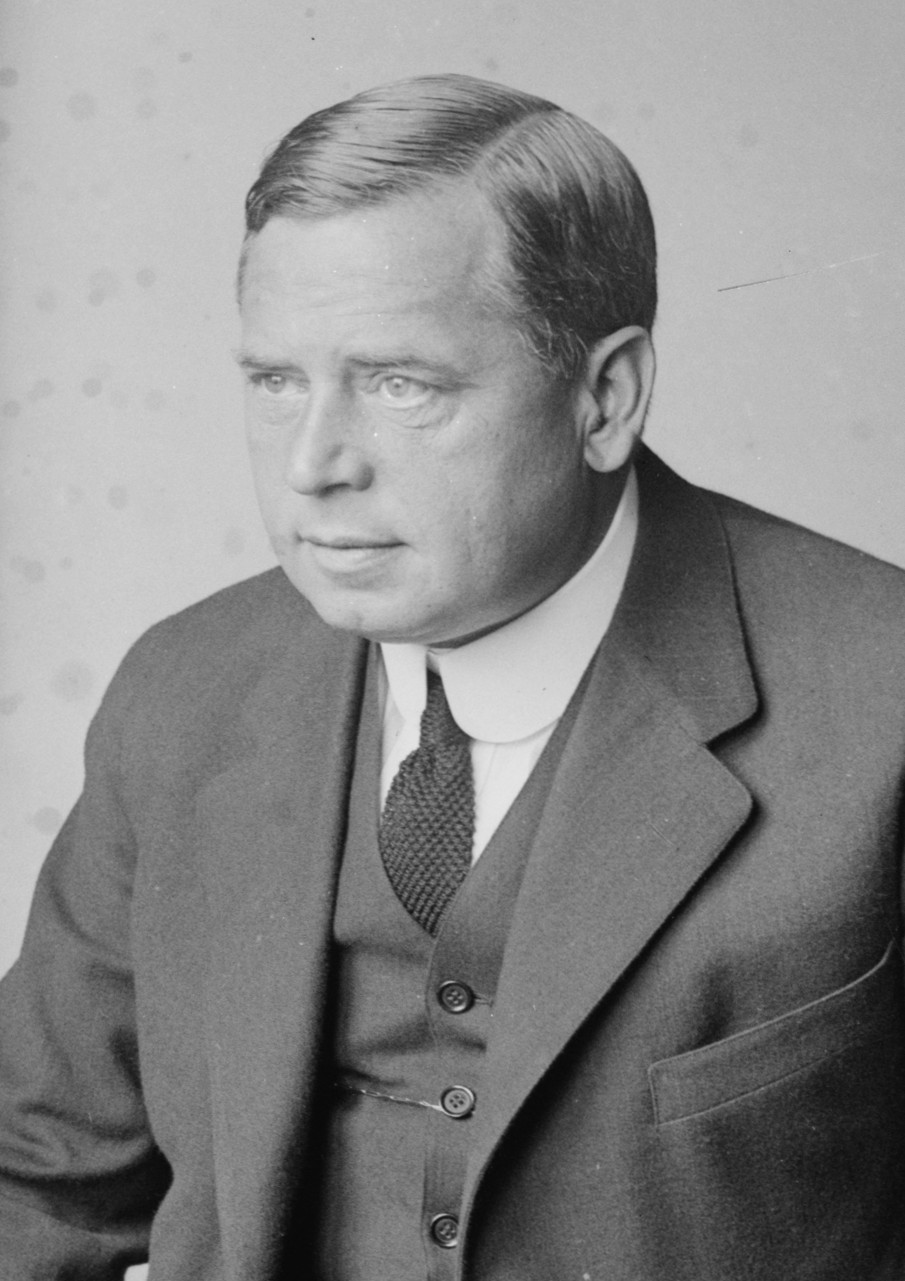Introduction to 'A Bird in a Gilded Cage'
"A Bird in a Gilded Cage" by Harry Macdonough emerged in the early 1900s, capturing the essence of the vaudeville ballad era. Released in 1900, this song became a poignant reflection of societal themes, resonating with audiences through its emotive storytelling and melodic composition.
Cultural Context and Era
The track was recorded during a time when ragtime and vaudeville were at the forefront of popular music. This period was characterized by the transition from live salon performances to early acoustic recordings, with music distributed on cylinder and disc formats. "A Bird in a Gilded Cage" exemplifies the pre-radio era's focus on narrative-driven songs, often performed in theaters and salons.
Production and Sound
This song features a simple yet effective arrangement, typical of the vaudeville ballad style. The use of piano and vocal harmonies creates a rich, melancholic sound that underscores the song's themes of confinement and longing. The production choices highlight the emotional depth of the lyrics, making it a timeless piece.
Notable Versions
One notable rendition of "A Bird in a Gilded Cage" was performed by the American Quartet, which brought a new dimension to the song with their harmonious vocal style. This version further cemented the track's place in early 20th-century music history.
Modern Legacy
Despite being over a century old, "A Bird in a Gilded Cage" remains relevant today due to its universal themes of love and sacrifice. Its enduring appeal lies in its ability to evoke emotion and nostalgia, making it a staple in the exploration of early popular music. This track continues to be studied and appreciated for its historical significance and emotional resonance.


Comments (0)